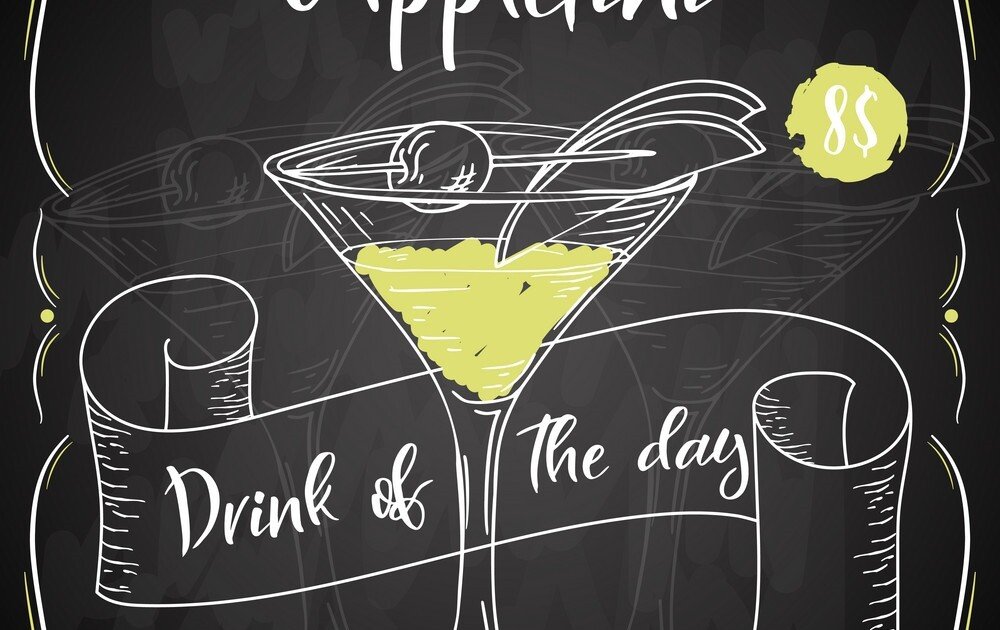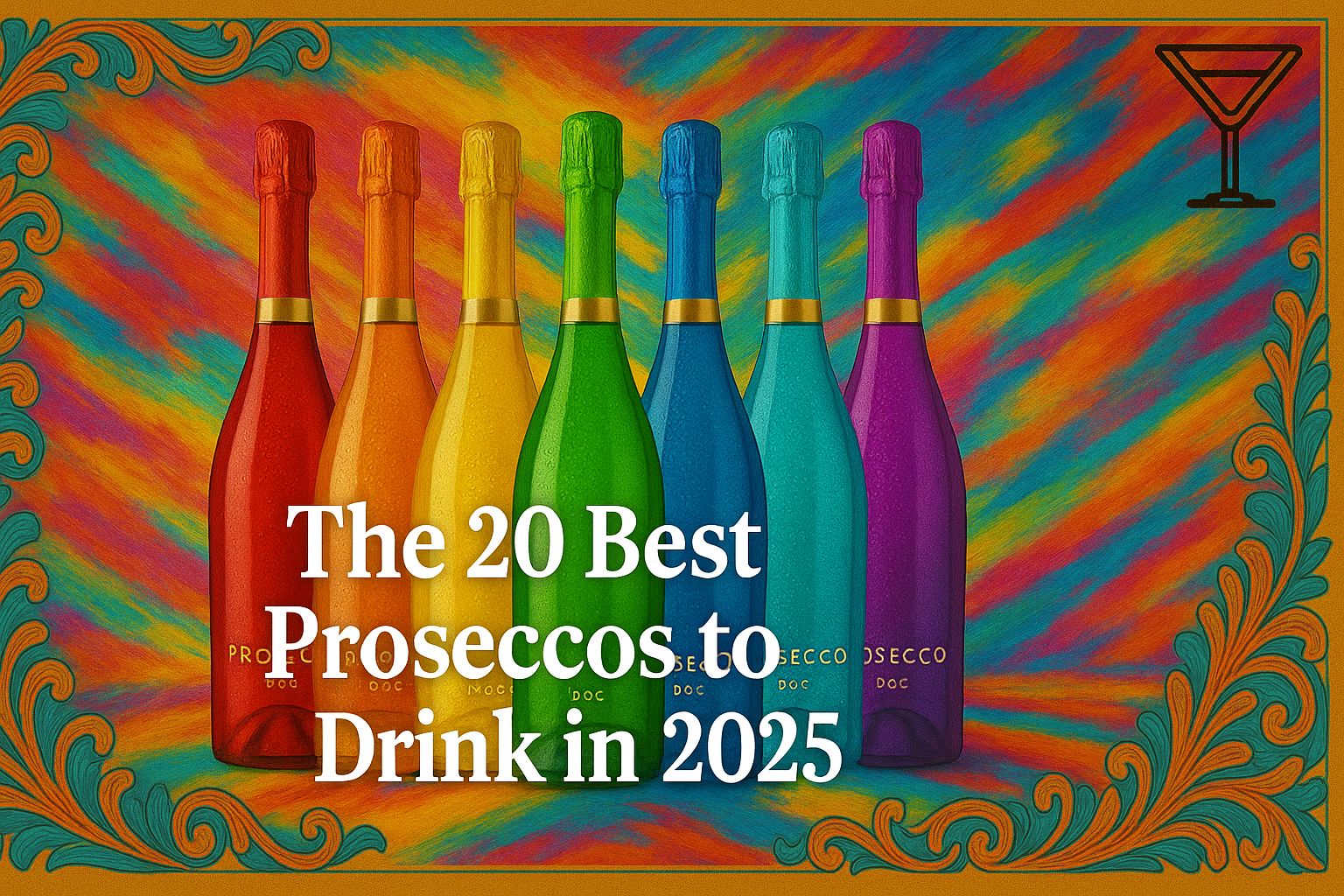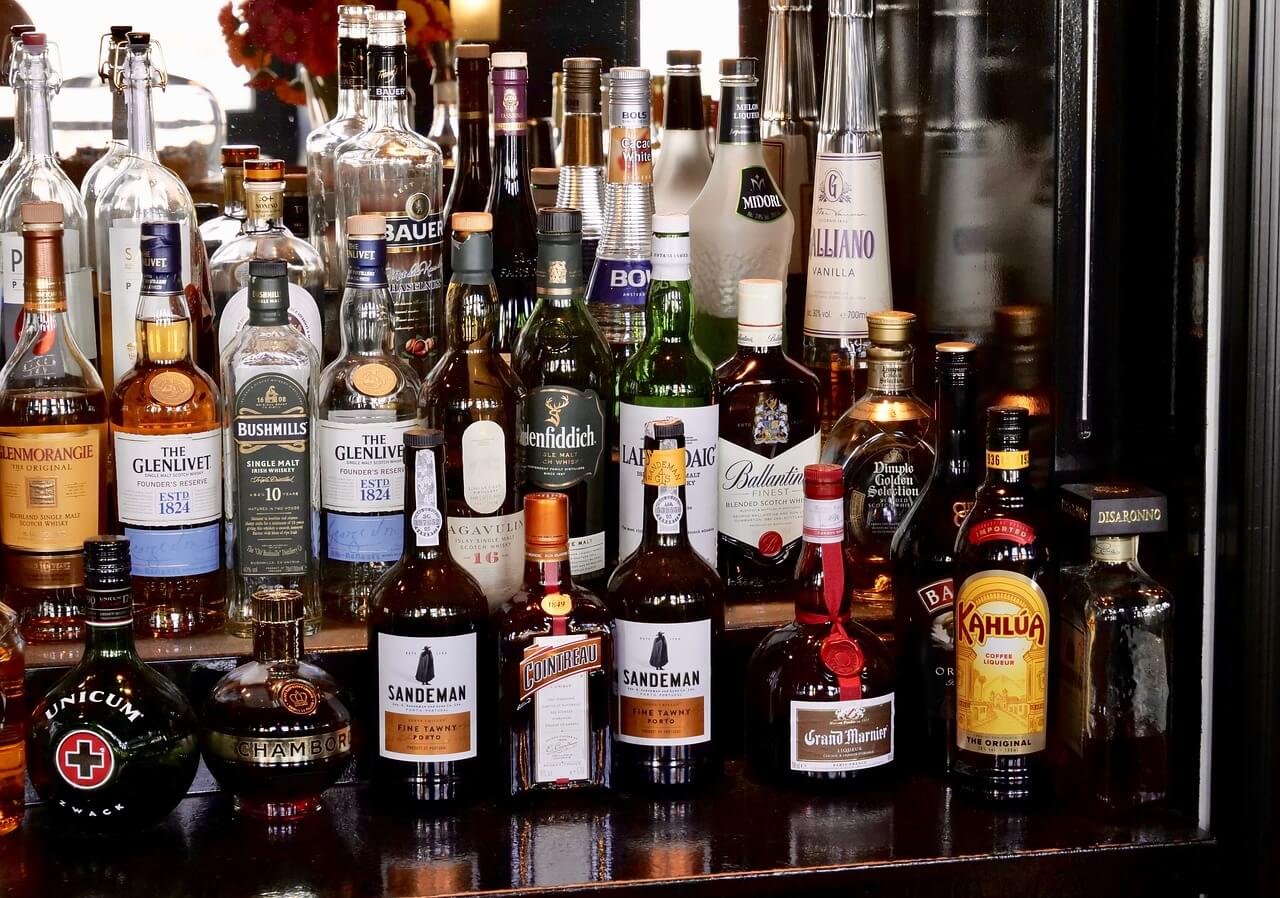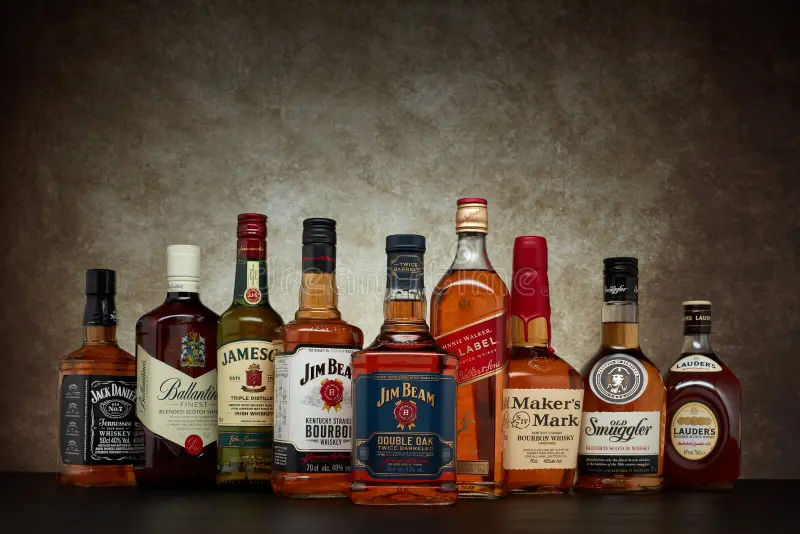What do whisky and gin share practically speaking? They can be delighted in flawless, presented with a couple of shapes of ice or barrel-matured. While G&Ts have their fans, tasting gins are getting, but leisurely.
Around a long time back, one of the most discussed local specialty gins of 2020, Terai, showed up in Mumbai. During the send off, the VP of the brand, Karina Aggarwal, brought up that certain individuals favored drinking the herbaceous gin emphasized by gentle flower notes with two solid shapes of ice, very much like a solitary malt. As such, it is a tasting gin. Last year saw the Goa send off of the Indo-Japanese gin Doja, made by merging botanicals from India — coriander, cardamom and fennel — and Japan — yuzu, cedar and sansho pepper, among others. As she tasted on it, with a few ice and an orange strip rather than tonic, the film Lost In Translation struck a chord and I was moved to Japan.
Last weekend, she was at a visually impaired tasting occasion in Mumbai, testing 10 Indian gins. The intuitive meeting was essential for the Great Indian Gin Trail coordinated by Indulge India, a drink schooling and encounters adventure established by the Delhi-based sommelier Gagan Sharma. He trained the gathering of 30 to taste each gin perfect, trailed by a sprinkle of carbonated water. Albeit most couldn’t name the gins, and were attempting them flawless interestingly, he had a few proselytes when the evening finished.
Partaking in a tasting gin — ideally with two 3D shapes of ice and a citrus or spice embellish — demonstrates it is all around made: It has the right botanicals and has been refined with a decent impartial liquor. Sharma separates the three pieces of a gin for us: the base liquor, otherwise called additional nonpartisan liquor (ENA) or additional fine liquor, refined water and botanicals. “I think tasting gins must be respected so when the base liquor is great. Assuming you are having gin slick, you are taking in unadulterated liquor. So the liquor must be smooth.”
Maybe it’s implied then that brands which own refineries and subsequently have command over the base soul are better positioned to deliver a prevalent quality gin. Like Hapusa by Nao Spirits, Pumori by Fullarton Distilleries, Tamras by Adventurist Spirits or Terai by Shekhar Swarup, a fourth-age distiller.
Universally, tasting gins, for example, Hendrick’s and Monkey 47 have been around for some time. A few jugs have direct names, as Sippin Just Gin from Greece and Sipsmith from London, flagging that they are best appreciated without tonic. In India, Sharma says, the pattern started to arise by late 2020. Tasting gins here are somewhat pricier, ₹2,500 upwards by and large.
This month, Fullarton Distilleries is set to send off a barrel-matured adaptation of its greatly cherished little clump containers of Pumori — promoted to be the first of its sort in Quite a while. The smoother drink has been developed for a year in American oak barrels utilized for maturing whisky. Mohit Sadhnani, advertising and mixology head, Fullarton Distilleries, believes”it will overcome any barrier between a whisky and gin consumer”.








